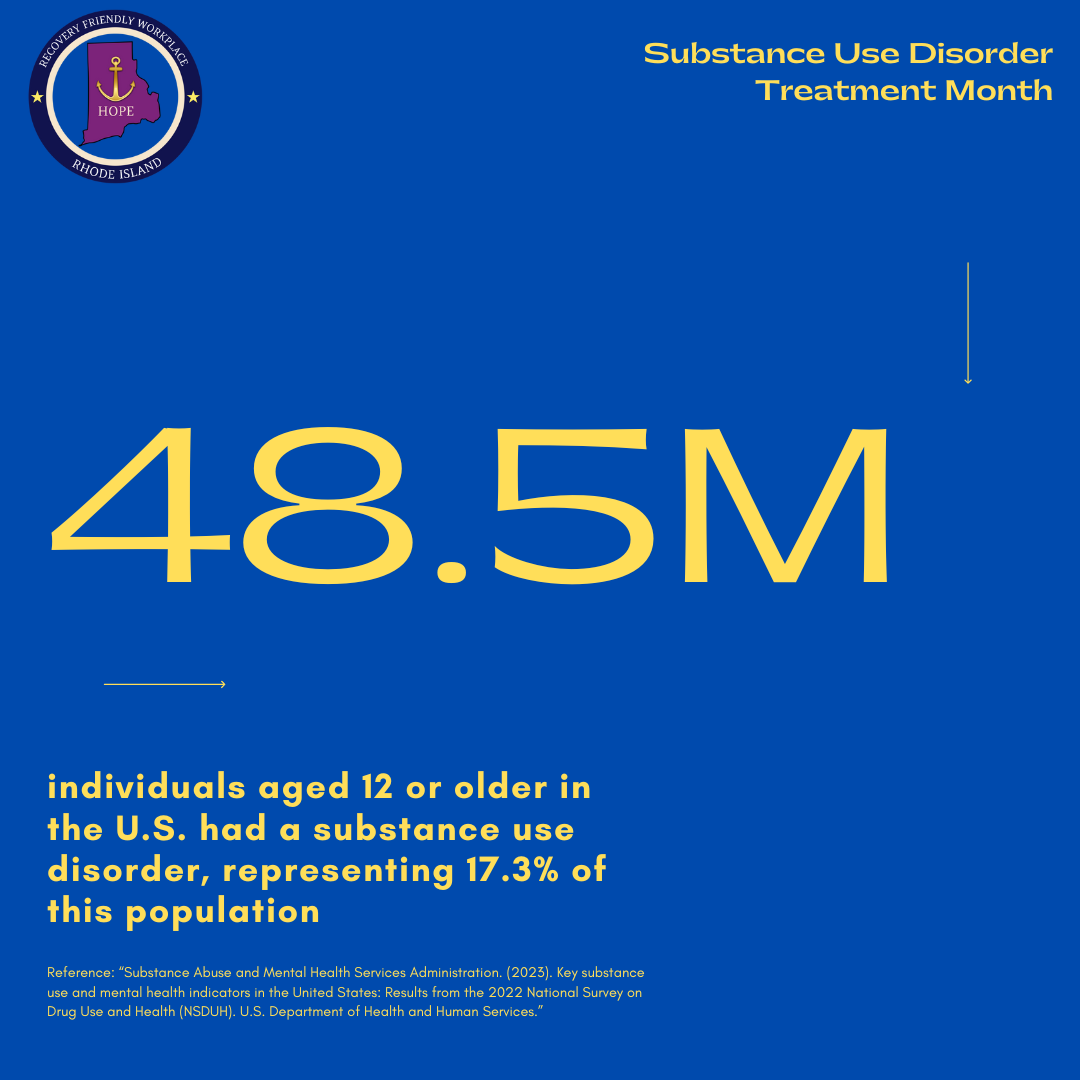Breaking the Silence: Addressing the Hidden Crisis of Substance Use Disorder

In 2022, approximately 48.7 million individuals aged 12 or older in the United States were affected by substance use disorder (SUD), a figure that represents a sobering 17.3% of the population. While these statistics may seem like just numbers to some, behind each one is a person—a mother, a father, a child, a friend—struggling with a condition that doesn’t discriminate based on age, race, or background. This is a public health crisis that continues to affect millions, yet remains widely misunderstood, often shrouded in stigma and silence.
Substance use disorder is a complex, multifaceted issue. It is not a choice or a moral failing but a health condition that requires compassion, understanding, and access to appropriate care. Many of the individuals affected by SUD are caught in a cycle where they cannot escape due to the lack of accessible treatment options, societal stigma, and the pervasive barriers that prevent them from seeking help. Despite the overwhelming number of individuals living with SUD, the vast majority—nearly 94%—do not receive the treatment they need. This gap is more than a statistic; it’s a missed opportunity to save lives, heal families, and support communities.
It’s essential to recognize the role that stigma plays in perpetuating this crisis. The fear of being judged or labeled often keeps people from reaching out for help. This stigma doesn’t just come from others—it can also stem from within, where those struggling with substance use believe they are not worthy of help, or fear being seen as weak or incapable. This internalized shame is one of the most insidious barriers to recovery, and it’s something that we must actively work to change. We need to create an environment where individuals feel empowered to seek help without fear of judgment, a space where people can heal with dignity.
The impacts of substance use disorder extend far beyond the individual. Families are left to pick up the pieces, often without the support they need to understand the condition or navigate the recovery process. Communities, too, bear the weight of this epidemic, from the strain on public health systems to the loss of productivity and economic stability. And yet, for every person battling SUD, there is potential for recovery, for transformation. Every individual who receives treatment and support becomes a testament to the strength of the human spirit, showing that with the right resources and environment, healing is possible.
But healing is not just an individual journey—it is a collective responsibility. This is not a problem that can be solved by the efforts of a few. It requires the commitment of healthcare professionals, communities, policymakers, and each one of us to step forward and advocate for better access to treatment, more research, and a shift in the way we talk about substance use. We must see individuals with substance use disorder not as statistics but as our neighbors, our family, our friends—worthy of care, worthy of respect, and worthy of the opportunity to recover. Together, we can build a future where substance use disorder no longer holds people back but empowers them to reach their full potential. The time to act is now.
Link: https://www.samhsa.gov/data/sites/default/files/reports/rpt42731/2022-n…
